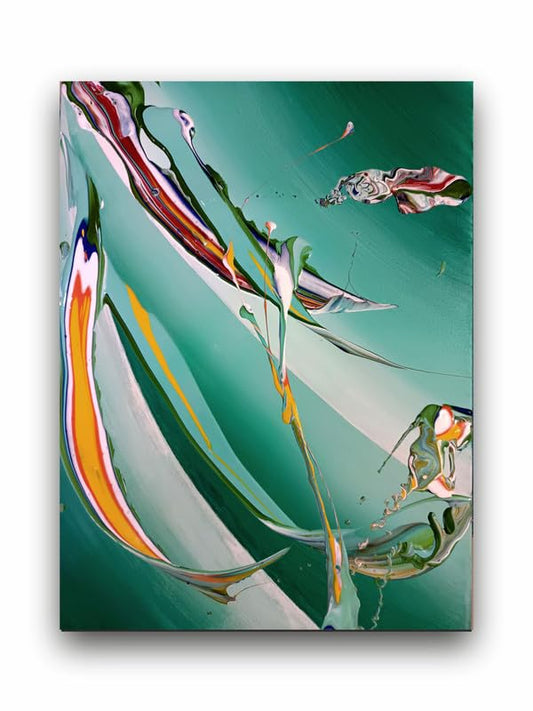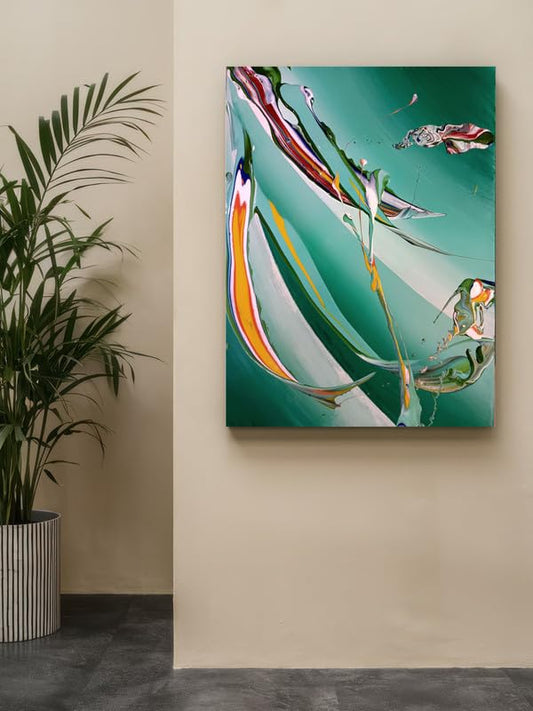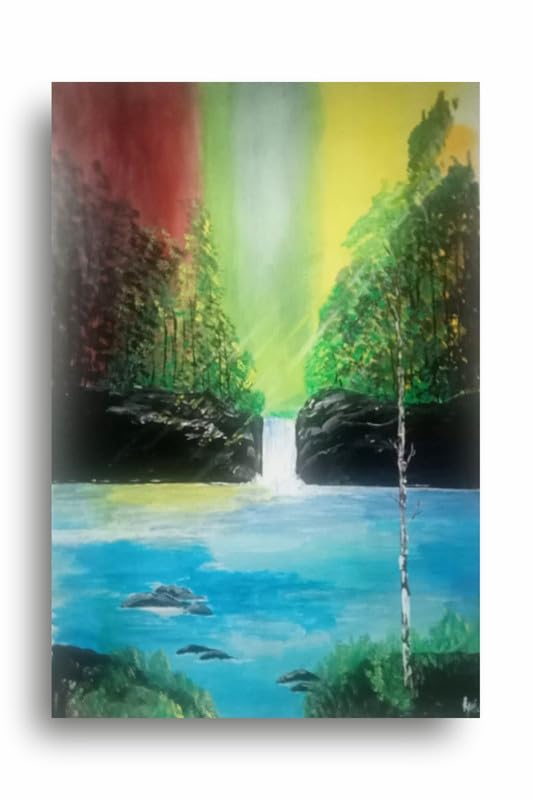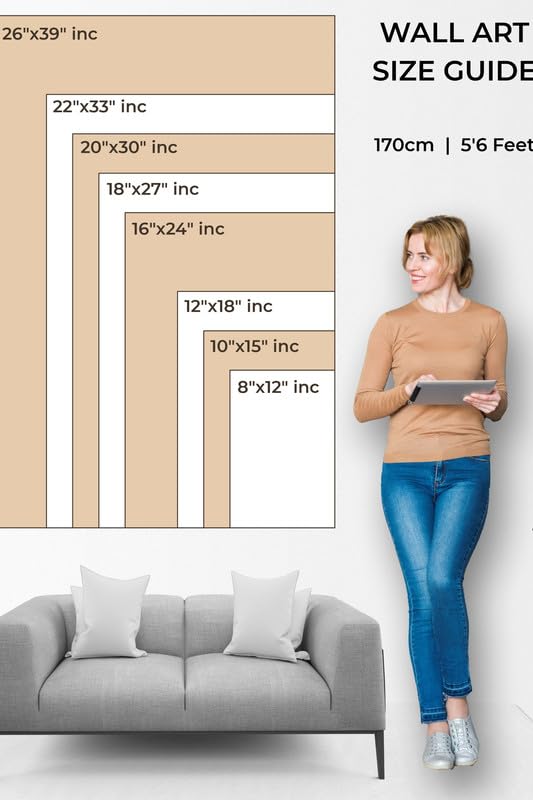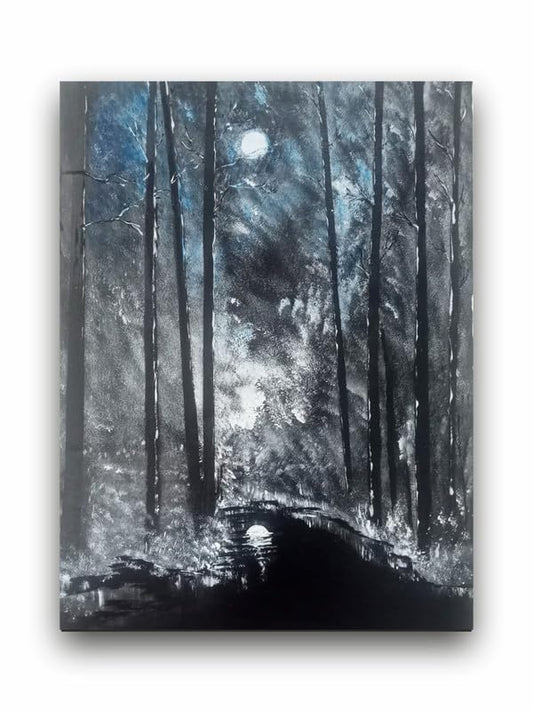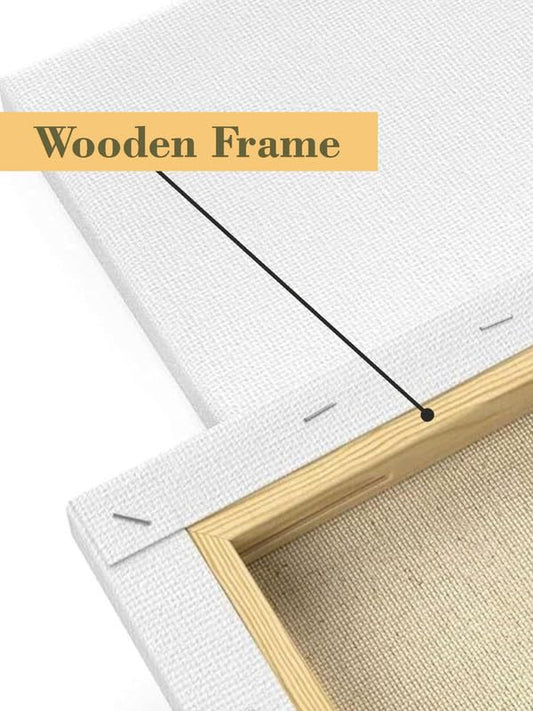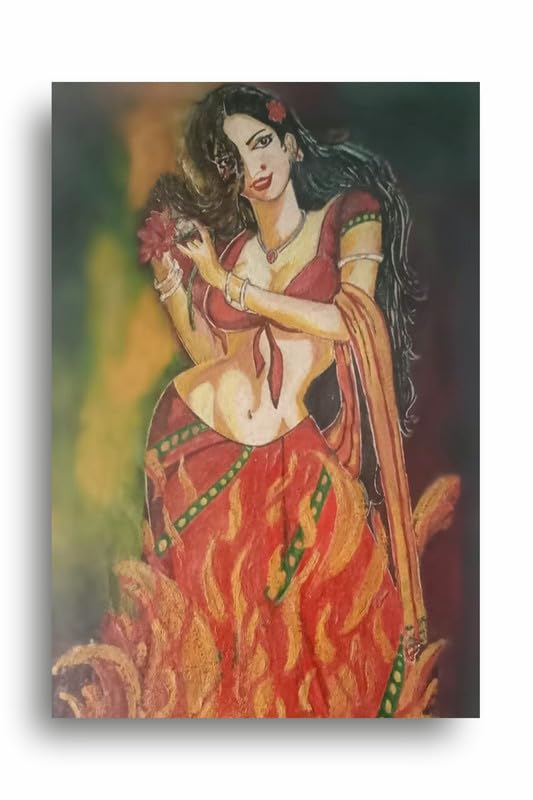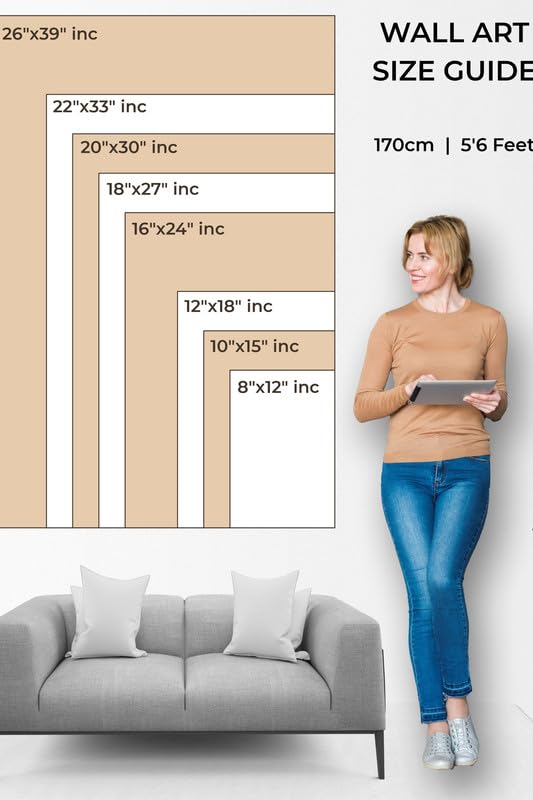
Exploring Abstract Art through Collage: Mixing Textures and Materials
Exploring Abstract Art through Collage: Mixing Textures and Materials
Abstract art has always been very potent in terms of medium, as there is always a kind of pushing the boundaries, exploring the unexplored within shapes, colors, and forms. One of the most intriguing facets in this creative field is collage-technique in which artists blend various textures and materials to treat very simple surfaces with multidimensional works of art. Combining various elements in a collage does not only bring visual interest but offers depth and emotion, making this really interesting to dabble with abstract art.
The Essence of Collage in Abstract Art
Collage is derived from the French word "coller," meaning "glue." As defined, it is an assemblage of disparate materials onto a surface to form a coherent composition. This technique gained another dimension in abstract art. Using paper, fabric, wood, photographs, or even found objects, artists were able to express feelings and thoughts beyond mere paint on canvas. Since representational art depended upon definite subject matter and its meaning was not translated, abstract collage allowed for endless interpretation.
Abstract collage relies upon the interplay of texture with material. The torn fragments of paper, swatches of fabric, metal, or organic materials can be layered according to their own inherent texture to represent emotion or movement. The grain of sandpaper counters the glossy photograph: tension or conflict. Soft fabric creates smooth fluidity.
One of the most exciting aspects of creating an abstract collage is that you're given licence to experiment with textures and how to blend organic with natural fibers, like jute or cotton, versus slicker industrial items such as metal or plastic. Thus, artists then put side by side materials that might never make an occurrence, resulting in great works visually and emotionally. A collage can be constructed to convey the passage of time such as when decayed material is used, or one can signify modernity through geometric shapes and reflective surfaces.
For example, the background can be simple strokes of color, but layers can be constructed with crumpled paper, gauze or mesh. The reflective quality can be achieved by using metallic foil or acrylic shards that filter the light. Sands or gravel can be used as textures that make it almost possible to touch.
Role of Color in Abstract Collage
Where texture and material provide a unique basis for collage, color steps forward to play its equally important role in abstract expression. A bright splash of paint or soft pastel shades alone can determine the mood of the work. Layering materials of varying transparency can manipulate how colors interact with light and each other. Bright may clash with dull to enhance optical tension, but a monochromatic palette reveals the individuality of the textures.
Final Thoughts: Art for a Purpose
Abstract collage is more than just a combination of pieces. It represents creating with a purpose. Every texture, color, and material had a purpose-saying something about the artist's feelings and ideas. It could be in the play between rough textures and smooth textures, or even in the union of materials contradictory to each other, the beauty in a collage lies in its infinite possibilities of artistic expression.
Anyway, it was interesting for artists and viewers to get into abstract art through collage. It was such an imposing idea on the conventional understanding of what artistic work should be like, as well as inviting people to feel the "art" rather than only seeing with their eyes: it gives a kind of depth and personal meaning.
Exploring Abstract Art through Collage: Mixing Textures and Materials

